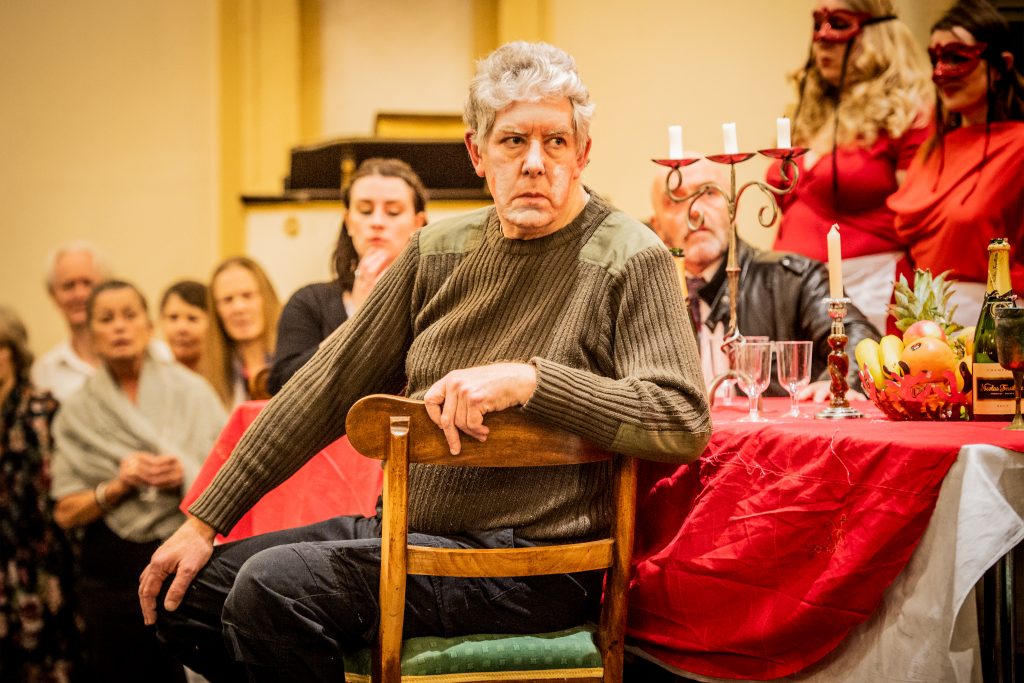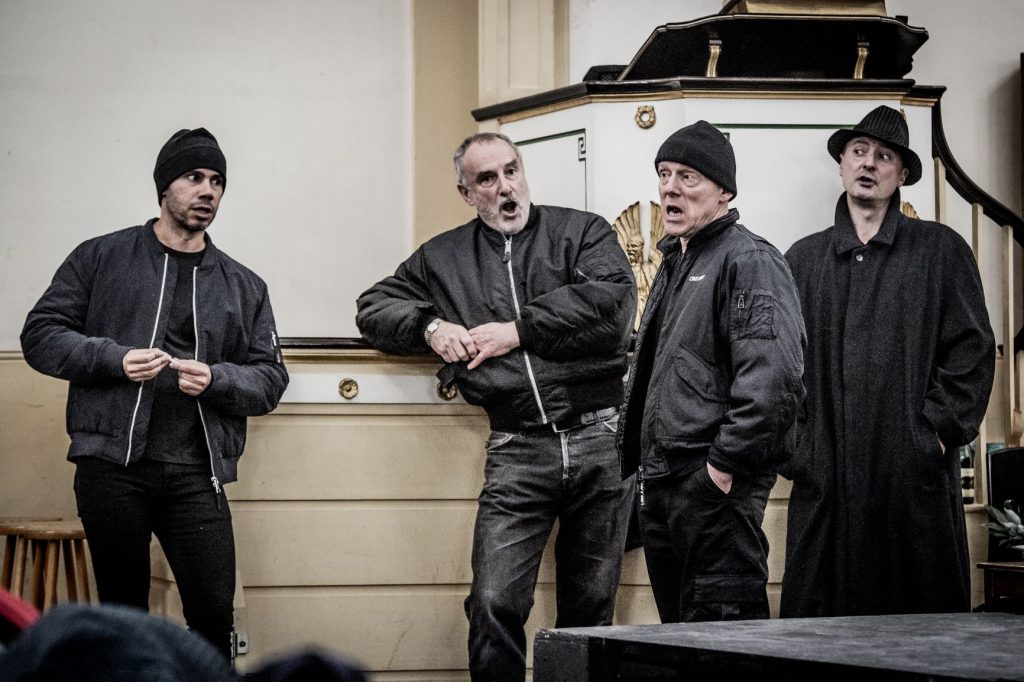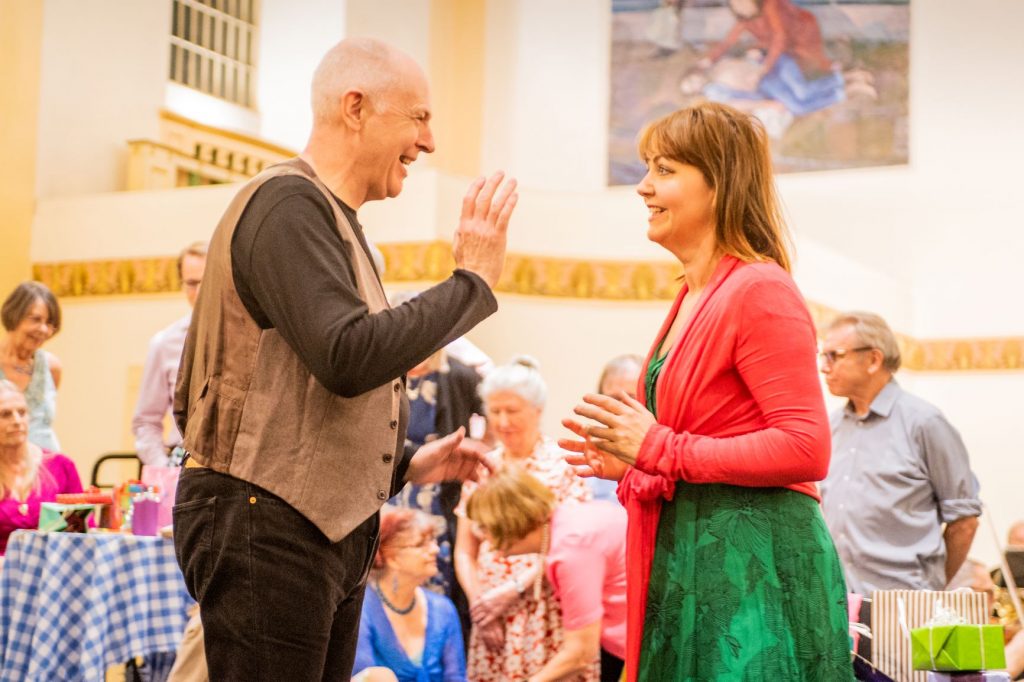Midsummer Opera
– past, present and future
Highlights of that time included The Marriage of Figaro (sung in English, directed by John Upperton, designed by Roy Bell), Dido and Aeneas (first performed at the 2003 Spitalfields Festival), Carmen, Werther, and Sorbet! Sorbet! (world première, music by Simon Milton and Véronique Souberbielle) in Carnoules, Provence.
2003 saw the launch of the Midsummer Opera Concert Series, developing a house style with non-operatic repertoire. Roy Bell set about creating the company’s full-size Symphony Orchestra, and John Upperton its Chorus. Then in 2007 the company returned to opera with concert performances of Puccini’s Turandot in St John’s Waterloo, our now regular venue, and in the Broadway Theatre, Catford, the first time opera had been performed in that Art Deco auditorium.
In those first few years operas were presented in “concert performance plus”: loosely directed by John Upperton, singers made entrances and exits and then regrouped to suggest scenes, while touches of costume hinted at characterisation. Then in 2012 for Fidelio our soloists took the leap of memorising their roles, and with ever more staging to elevate performers and facilitate sight-lines, more ambitious semi-staging became possible. Two years later, in La clemenza di Tito, the chorus for the first time also memorised their music so that now they too could be integrated into the action. With Un ballo in maschera in 2015 Lynne McAdam assumed direction and – with the exceptions of Hänsel und Gretel and Dialogues des Carmélites, both directed by John Upperton – has overseen the staging of all subsequent shows.
As Artistic Director, David Roblou conducts, be it French, German, Italian or English repertory. Following a season of Czech opera with Smetana’s The Bartered Bride and Janáček’s Jenůfa, the Company performed Puccini’s lovely bitter-sweet La rondine in a setting memorably described in OPERA magazine as “Concert performance with attitude”. June 2024 will see two performances of Verdi’s Don Carlo in the version of 1884 for La Scala Milan.
Dramatic use will as ever be made of the space and acoustic of St John’s Waterloo – which with its aisles, many spaces, separate chapels and balcony, is much more versatile than a conventional opera house – to tell the story through the music with thrilling immediacy.
CLICK HERE for a full list of Midsummer Opera’s performances.



